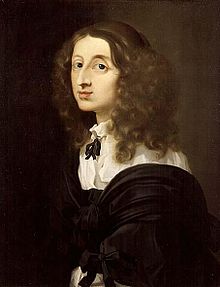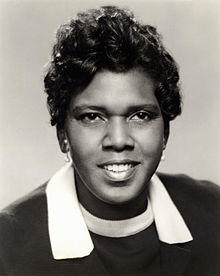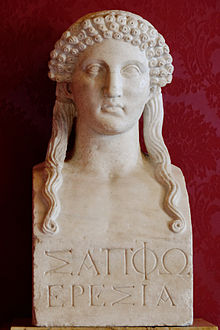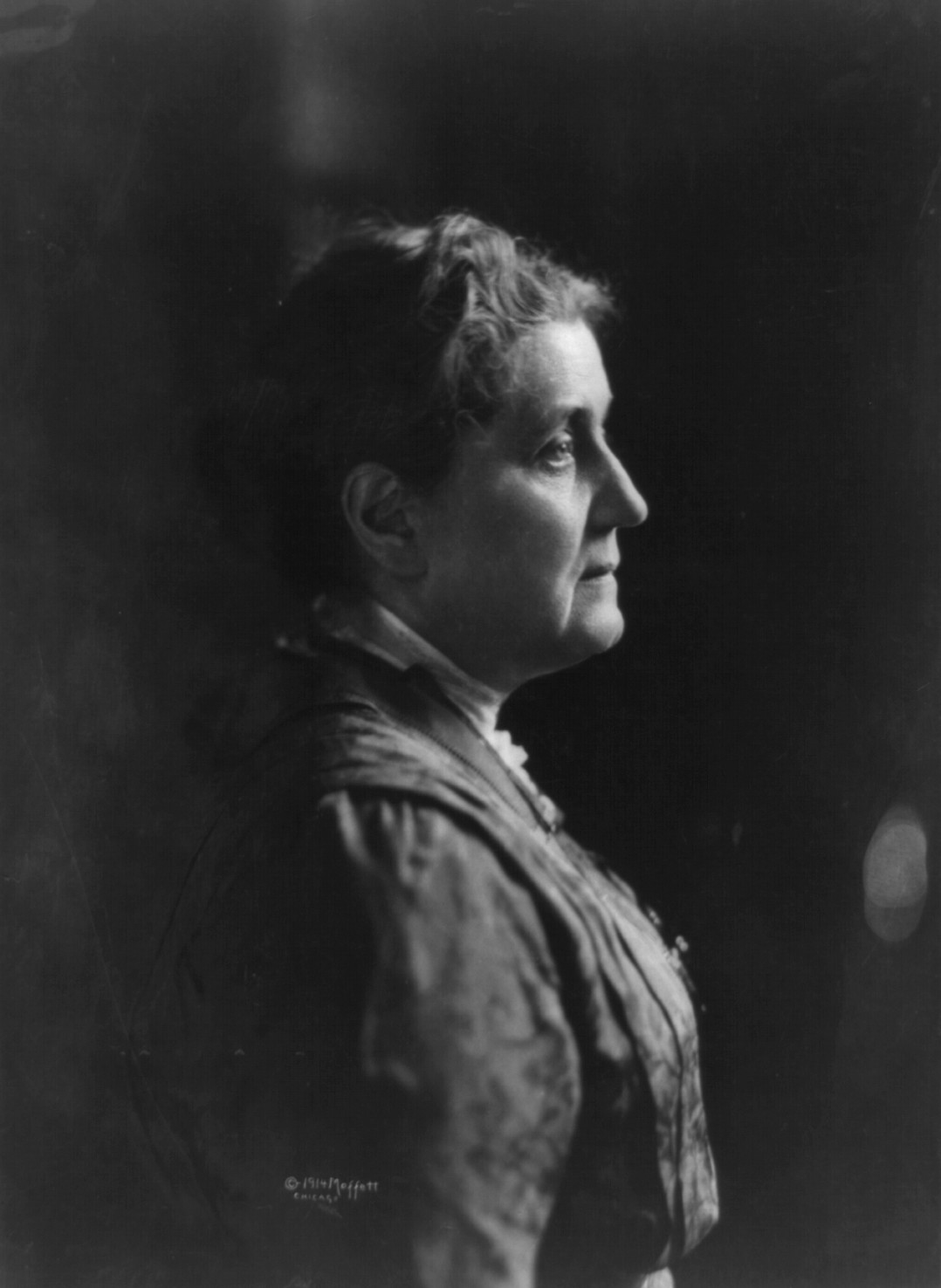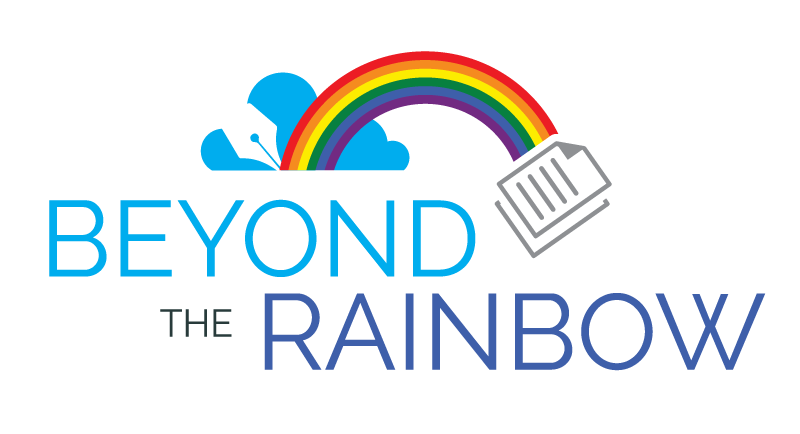Definition
Lesbian: A woman who is primarily attracted to other women to the exclusion of other genders. This also includes trans women and feminine gendered persons. Other terms might be women loving women (wlw) and sapphic.
Developing a Lesbian Character
So, how might you go about creating your own lesbian character? These questions might help you discover why your character has chosen this identity for themselves and how it impacts their life and relationships.
How do other characters react to your character’s orientation?
How does your character react/respond to these reactions?
How does the society in your story react to lesbians?
How does this affect your character? What assumptions do others have about lesbians/your character?
When did/will your character realize that they were attracted to females?
How does/will your character think/feel about this? Is the realization because of a specific event, a gradual understanding/coming to terms, etc?
How does your character express their gender?
whether by choice/effort or naturally… in terms of presenting, passing, self-image and comfort? Do they express their gender a certain way in the hopes of finding other lesbians?
How does your character tell people about being a lesbian (if they tell people at all)?
Do they only tell specific people? Why? Who do they choose not to tell and why?
Writing a Lesbian Character
As with writing any character, their sexuality is just one part of their whole identity. When writing your lesbian character here are a few things to keep in mind:
- You can have your character specifically state they are a lesbian. This will help the reader understand where your character is coming from. Having other characters react and ask questions will help mitigate an info dump. Many readers will reject a queer coded character unless it is specifically stated, but this is your decision to make.
- Before writing a coming out story think carefully about whether or not this is your story to tell. Every person’s story is different and if you yourself are not lesbian this might not be your story to tell, especially if the story centers on coming out or the struggles lesbians face in modern society.
- Do let your character have close intimate non-sexual/non-romantic relationships with characters of all genders. Being lesbian doesn’t mean your character will be attracted to every woman they meet. Be clear on character intent and watch wording to avoid confusing your reader.
- Try to avoid making your character lesbian simply as a plot device. It should be an integral part of who they are, not a quirk.
- It might be best to avoid having them be a so-called ‘butch lesbian.’ This can perpetuate harmful attitudes toward femininity and can promote the idea that lesbians want to be men. If you choose to write a ‘butch’ lesbian please be careful of using masculine stereotypes for their characterization.
- Be very careful about having your lesbian character die, suffer tragedy or mental illness as this is an incredibly harmful trope and should be handled with the utmost care.
- Be mindful of the character’s ‘gaze’ or how they describe other characters as they can end up seemingly sexually attracted to people you didn’t intend and can lead to reader confusion as to their sexuality.
Things to Keep in Mind
Lesbians face unique challenges in modern society. As women who love women they are often fetishized, made the butt of tasteless jokes, and given little personal agency in media. Their stories are commonly portrayed as inherently tragic, as nothing more than close friendships, as a woman who simply hasn’t found the ‘right’ man, or as men-hating extremists. These stereotypes are incredibly hurtful and far from the truth. It is your responsibility as the writer to make certain your portrayal, while true to your story, doesn’t reduce your lesbian character to a stereotype or trope. Always keep in mind that you are writing a whole, complex person, not just a sexual orientation.
Tropes
Tropes are tropes for a reason and most of these are not bad in and of themselves, however like a lot of tropes they often perpetuate harmful stereotypes and thus should be used cautiously. Some include:
All Lesbians Want Kids| Ambiguously Gay| Anything That Moves| Bait-and-Switch Lesbians| Bury Your Gays| Butch Lesbian| But Not Too Gay| Closet Key| Depraved Homosexual| Discount Lesbians| Dude, She’s a Lesbian| Experimented in College| Gay Option| Girl-on-Girl Is Hot| Girls Behind Bars| Has Two Mommies| Have I Mentioned I am Gay?| Have You Tried Not Being a Monster?| Hide Your Lesbians| If It’s You, It’s Okay| Last Het Romance| Lesbian Cop| Lesbian Jock| Lesbian Vampire| Lipstick Lesbian| Psycho Lesbian| Schoolgirl Lesbians| Sweeps Week Lesbian Kiss| Token Lesbian| Token Yuri Girls|
Lesbians in Fiction
Lesbians have featured in writings from the 1st Century and have been a fixture in literature from the time of Sappho through the modern era. Some notable ones include:
Hélène Noris (The Illusionist) | Therese Belivet (The Price of Salt) | Jaret Tyler (Happy Endings Are All Alike) | Arden Benbow (Faultline) | Celie (The Color Purple) | Katina “Katchoo” Choovanski (Strangers in Paradise) | Carmilla (Carmilla) | Margaret Prior (Affinity) | Idgie Threadgoode (Fried Green Tomatoes at the Whistle Stop Café) | Moff Mors (Lords of the Sith)
Famous Lesbians in History
